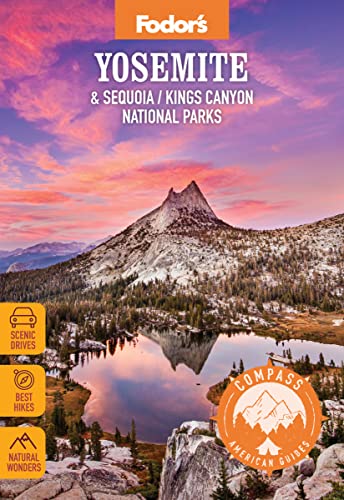Ansel Adams's Black-and-White Yosemite
What John Muir did for Yosemite with words, Ansel Adams did with photographs. His photographs have inspired millions of people to visit the park, and his persistent activism helped to ensure its conservation.
Born in 1902, Adams first came to the valley when he was 14, photographing it with a Box Brownie camera. He later said his first visit "was a culmination of experience so intense as to be almost painful. From that day in 1916 my life has been colored and modulated by the great earth gesture of the Sierra." By 1919, he was working in the valley, as custodian of LeConte Memorial Lodge (now called Yosemite Conservation Heritage Center), the Sierra Club headquarters in Yosemite National Park.
Adams had harbored dreams of a career as a concert pianist, but the park sealed his fate as a photographer in 1928, the day he shot Monolith: The Face of Half Dome, which remains one of his most famous works. That same year, Adams also married Virginia Best in her father's valley studio (now the Ansel Adams Gallery).
As the photographer's career took off, Yosemite began to sear itself into the American consciousness. David Brower, first executive director of the Sierra Club, later said of Adams's impact, "That Ansel Adams came to be recognized as one of the great photographers of this century is a tribute to the places that informed him."
In 1934, Adams was elected to the Sierra Club's board of directors; he would serve until 1971. As a representative of the conservation group, he combined his work with the club's mission, showing his photographs of the Sierra to influential officials such as Secretary of the Interior Harold L. Ickes, who showed them to President Franklin Delano Roosevelt. The images were a key factor in the establishment of Kings Canyon National Park.
In 1968, the Department of the Interior granted Adams its highest honor, the Conservation Service Award, and, in 1980, he received the Presidential Medal of Freedom in recognition of his conservation work. Until his death in 1984, Adams continued not only to record Yosemite's majesty on film but to urge the federal government and park managers to do right by the park.
In one of his many public pleas on behalf of Yosemite, Adams said, "Yosemite Valley itself is one of the great shrines of the world and—belonging to all our people—must be both protected and appropriately accessible." As an artist and an activist, Adams never gave up on his dream of keeping Yosemite wild yet within reach of every visitor who wants to experience it.




